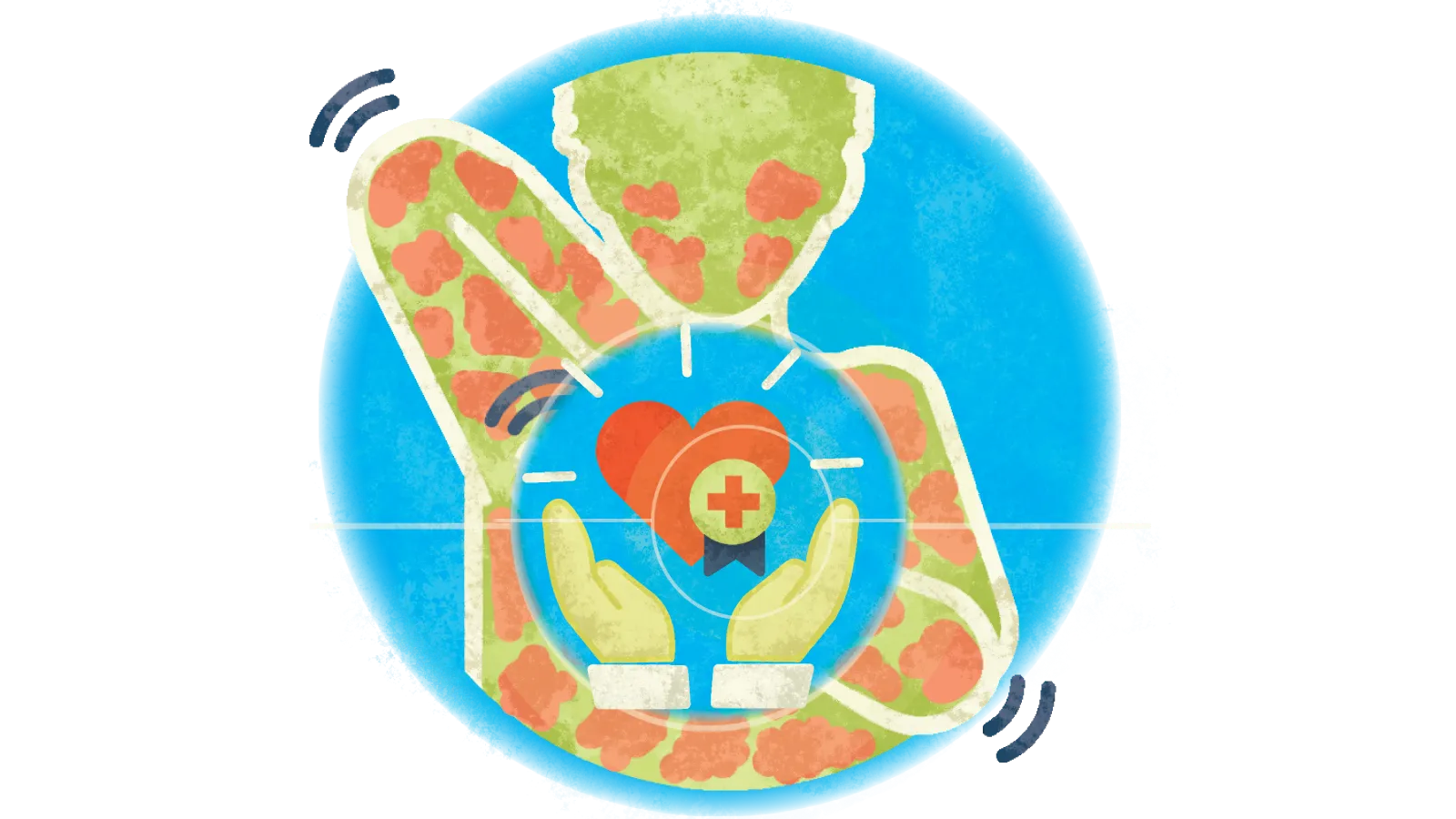Understanding Chronic Hives, Chronic Urticaria, and Angioedema

Exploring Chronic Hives and Chronic Urticaria
Chronic hives, also known as chronic urticaria, can be a persistent and distressing condition for many patients. Chronic spontaneous urticaria can appear without any identifiable trigger, making management challenging. Angioedema, which often accompanies hives, involves swelling beneath the skin that can manifest in various regions, complicating the clinical picture.
Causes of Chronic Urticaria
- Autoimmune reactions
- Allergic responses
- Infections
- Stress factors
Despite extensive testing, the exact cause may remain elusive. However, patients can find relief through targeted treatments.
Treatment Strategies for Hives and Angioedema
- Antihistamines
- Immunosuppressants
- Biologics for severe cases
- Long-term management plans
Consulting with a healthcare provider experienced in treating these conditions is essential for effective symptom control.
This article was prepared using information from open sources in accordance with the principles of Ethical Policy. The editorial team is not responsible for absolute accuracy, as it relies on data from the sources referenced.